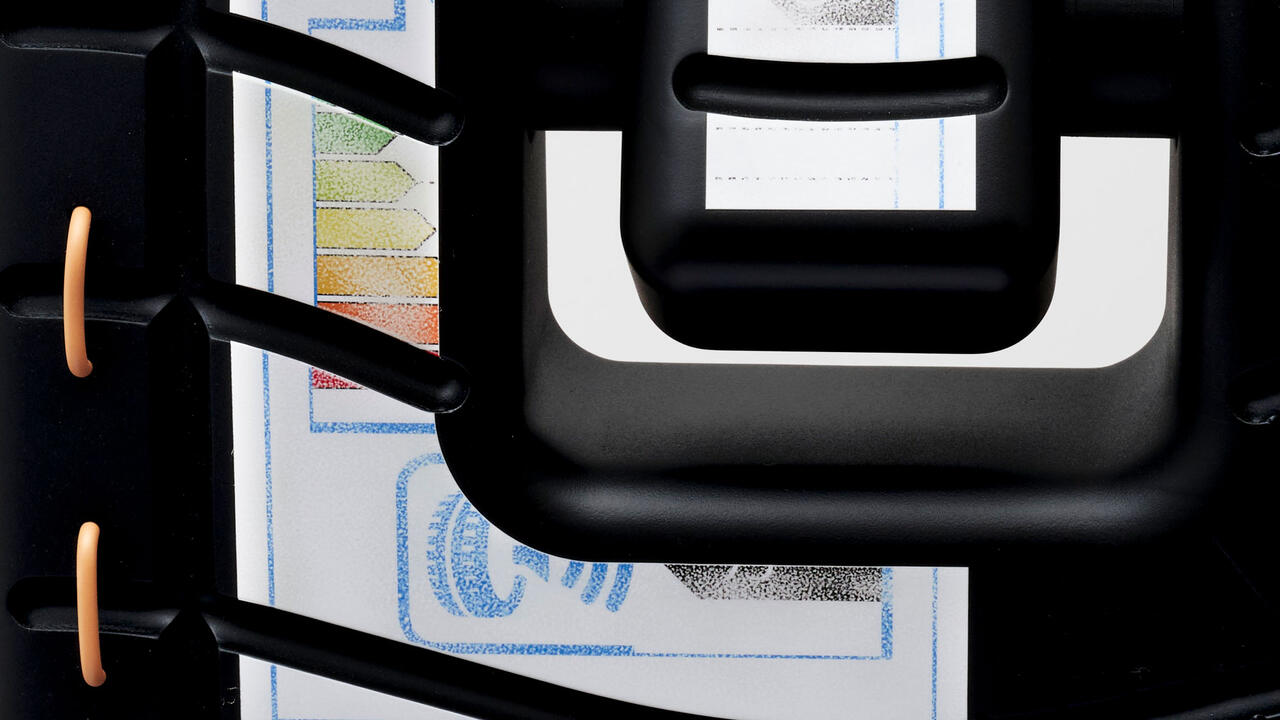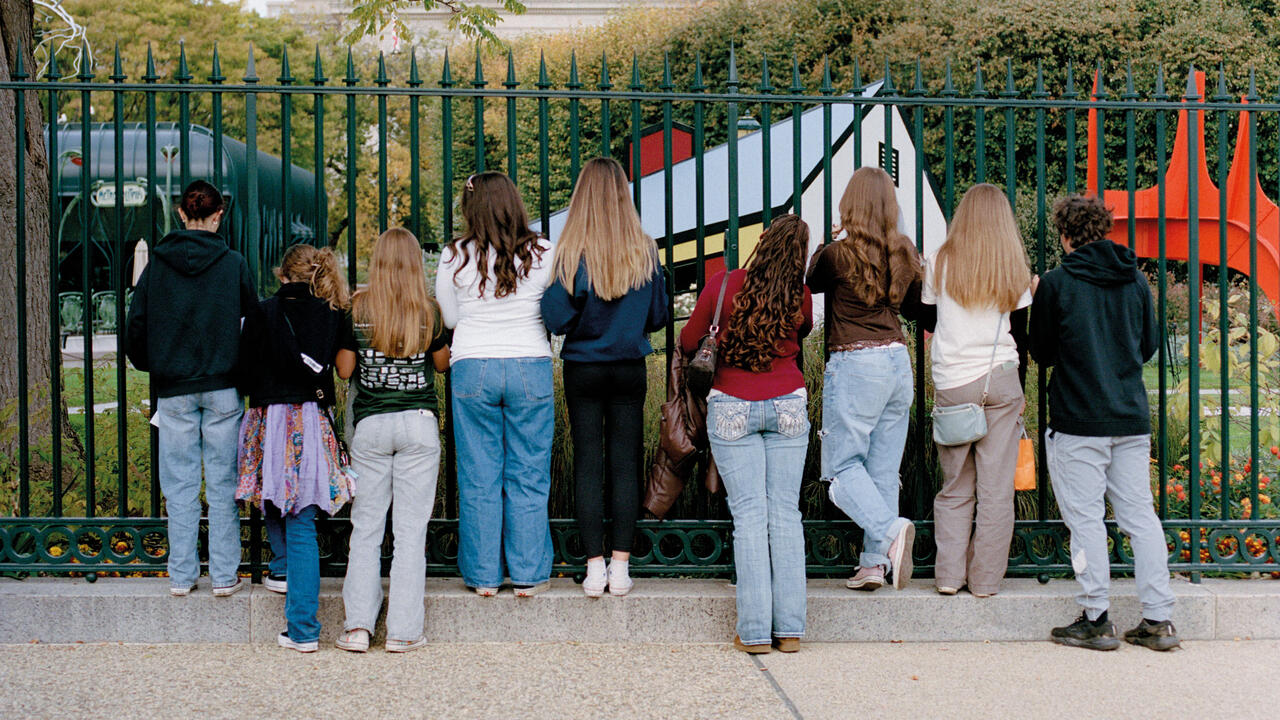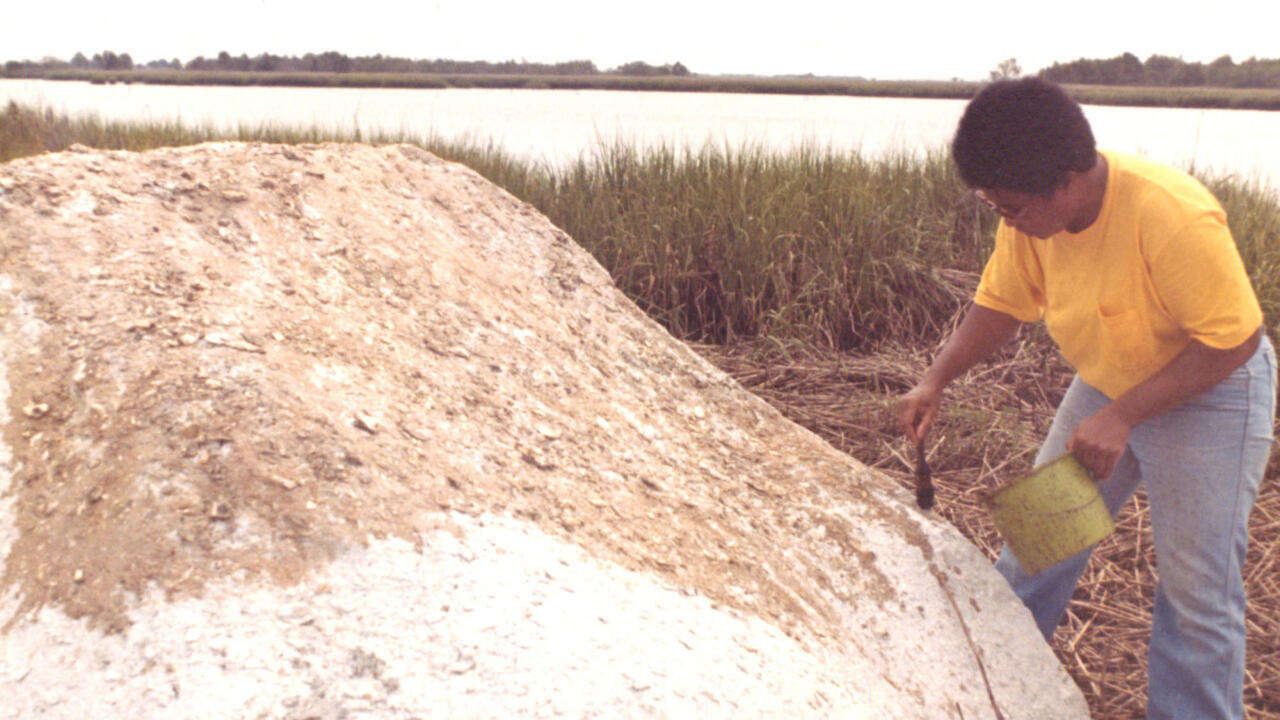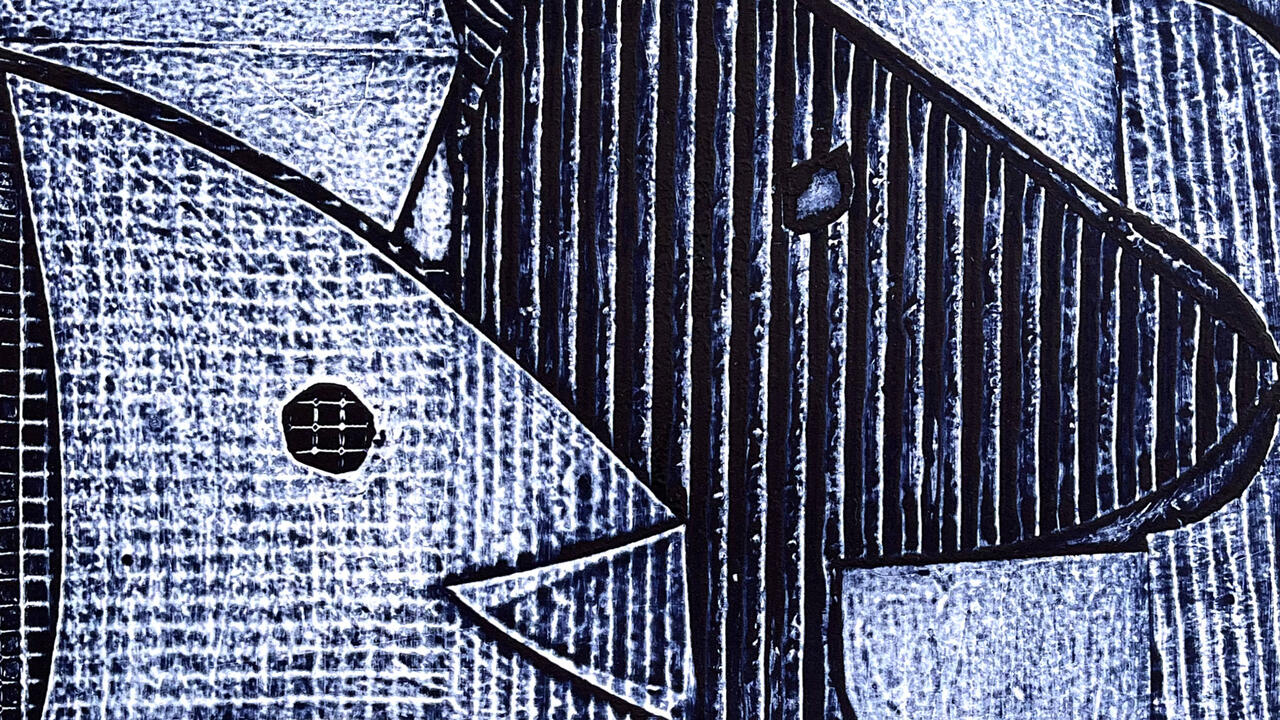The Complexity Complex
What simulations tell us about the real world
What simulations tell us about the real world

I recently stopped by the fourth sub-basement of the Harvard Science Center to watch a mouse brain being sliced by a diamond knife. The slices were very, very thin – 30 nanometres, to be exact – about 1/1000th the thickness of a human hair. They have to be: the objective of this particular lab – led by Professor Jeff Lichtman – is to build a fully detailed digital model of the brain. Using the latest cutting and imaging technology, he and his team are able to model a one-millimetre cube of tissue in about six months. That may sound slow but, by previous methods, the process would have taken about 27 years.
Colour-coded to designate synapses, axons and other brain elements, the resulting model is as visually startling as anything in contemporary art. And it is impossibly complex. Lichtman says that, when he embarked on his career as a cerebral geographer, he thought of it as akin to mapping the road network of a city. In fact, it’s more like trying to map the real-time movements of every individual inhabitant of a city, all at once. And that’s just a tiny chunk of mouse brain. Constructing a comparable digital model of a complete human cerebrum currently looks like a quixotic task, but what we know already is that every existing model of brain function is hopelessly simplistic.
When I asked Lichtman how it felt to run headlong into such profound complexity, he admitted that it was daunting. Yet, he also noted that this predicament is not so unusual these days. Even as the world becomes more labyrinthine, our ability to map it is advancing at tremendous speeds. Complexity is increasing, in other words, both quantitatively and qualitatively. As a society, we are ill-equipped to deal with this situation. ‘We are used to the problem of lacking information,’ Lichtman says. ‘But what do you do when you have too much information – when the model is so complex that it defeats understanding?’
There is a deep irony here: only through artificial simulation can we grasp what is really happening.
And here’s the thing: it’s not just science. The same dynamic applies to virtually every walk of life. Few people would be able to assess the ethical consequences of their daily shopping. Many would be unable to chart even the rough contours of their own social-media network. The recent political turns in the US and UK are attributable, at least in part, to voters’ inability to face up realistically to complex situations, the interwoven flows of labour and refugees and capital that seem to have us all at their mercy. This is why Donald Trump is always talking about a wall. His message is fundamentally one of reassurance: he can block out the world’s problems, and those who say otherwise are just trying to trick you.
At the risk of stating the obvious, Trump is wrong. We urgently need the public to better understand complexity – to refuse the temptation to disengage and, instead, to seek out relevant expertise. This is where design comes in: it can provide a pathway to insight about complex systems. Such compression of data has a long history, celebrated by Edward Tufte in his classic 1983 book The Visual Display of Quantitative Information. Today’s digital tools, however, afford more powerful means than ever to encompass complexity and render it digestible. Lichtman’s models are a good example: they render the brain as a functional data set, but are also cleverly wrought abstractions, in which colour, scale and animation all play a part in bringing a measure of comprehension to an extraordinarily opaque topic.
A similar example, also from the sciences, is that of false colour satellite imaging. In this process, the thermal infrared spectrum is used to distinguish between features that would normally look the same. A typical satellite photo shows snow, ice and clouds as indistinguishably white, likewise muddy water and bare ground. False colour images, despite the name, reveal what is truly going on – a valuable tool in mapping and showing the effects of climate change, such as increasing flood lines and retreating ice caps.
Enhanced maps like these have also been used to investigate hidden social patterns. The pioneering ‘Million Dollar Blocks’ project, from 2006, used a simple scale from black to bright red, like a heat map, to colour-code urban neighbourhoods according to rates of imprisonment. The reddest red was reserved for city blocks in which more than a million dollars annually was being spent on incarcerating residents. More recently, the same designers – now formally organized as the Center for Spatial Research (CSR) – have brought a similar technique to the Syrian war. Cross-referencing multiple data points, including YouTube videos made by residents, they have created an interactive map of Aleppo that documents the city’s ongoing destruction in intimate detail.
While the methodology used by the CSR seems very dry, the results are emotionally charged. The intense attention that they bring to each patch of ground becomes its own plea for human rights. This analytic work bears comparison to another recent project about Syria, which is more narrative in approach: Forensic Architecture’s simulation of Saydnaya, a prison near Damascus. Journalists and human-rights observers have not been able to enter this building – it is the proverbial ‘black hole’ – so the horrors perpetrated there cannot be witnessed. To redress this, the design team conducted interviews with five survivors. Based on these accounts, they constructed a 3D model of the prison, complete with the sounds of torture that echo constantly through the space.
Virtually navigating the ruins of Aleppo or the solitary confinement cells of Saydnaya is a heart-breaking and unforgettable experience. Conceptually, these 3D models provide a means of steering through an intractably complicated situation – the seemingly irresolvable Syrian conflict – so that a user can make contact with its experiential dimension. Yet, the interfaces are not so different from those of an architectural flythrough or video game. There is a deep irony here: only through artificial simulation can we grasp what is really happening.

Another example of this phenomenon is a software package called Massive, which was originally developed for Peter Jackson’s Lord of the Rings film trilogy (2001–03). The program works according to a simple procedure, whereby each member of a large population is assigned a set of traits – for example, an army of orcs can be individuated according to variables such as height, speed and visual characteristics. This data is then used to construct an animation, resulting in automated but lifelike crowd behaviour. In a leap of insight, the developers of Massive realized that this method could also be used to prototype real-world human behaviour. For example, when the Olympic Stadium in London was built, the software was used to generate an audience model. The architects of the building could quite literally press a button to see how this crowd would behave, say, in the case of an emergency evacuation. Before it was constructed in real space, the building had already been optimized on the basis of this predictive experimentation.
The scale and setting of these simulated environments – from a tiny sliver of brain to the whole planet, from Aleppo to Middle Earth – are diverse. Yet, in a sense, all are contiguous. Gradually, we are building a single, interconnected hyper-reality, one that is derived from our own complex world and that acts upon it in turn. In effect, our ability to model the real is in a race against its metastasizing complexity. So, even if recent events suggest a general system failure, there’s reason to hold onto hope. Lichtman and his colleagues have conclusively proved that there’s a lot more going on between our ears than we ever dreamed, more than we can understand. The human brain is an amazing piece of equipment. We can only hope that it is able to keepup with itself.
Main image: High-resolution 3D model constructed from a stack of electron-microscopic images of a mouse brain. Courtesy: Daniel Berger, Lichtman Lab, Harvard University, USA






















